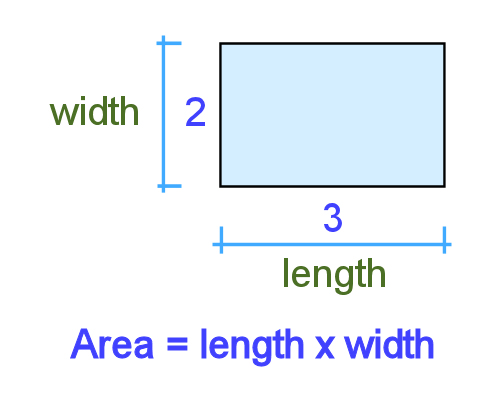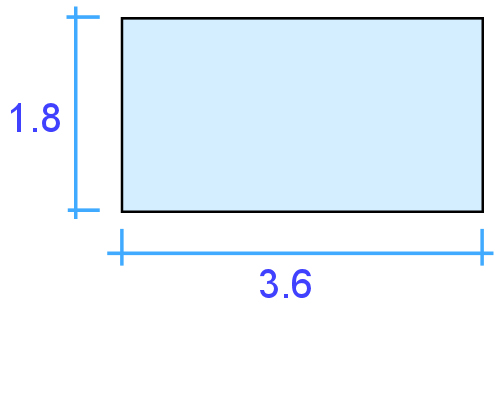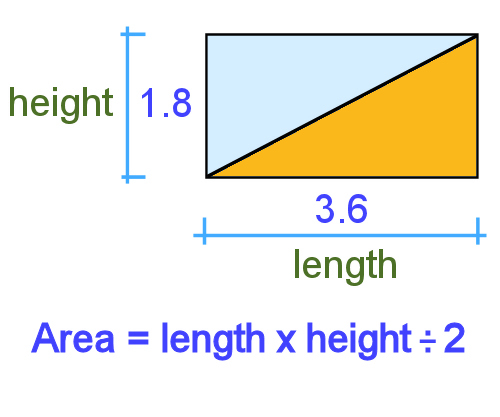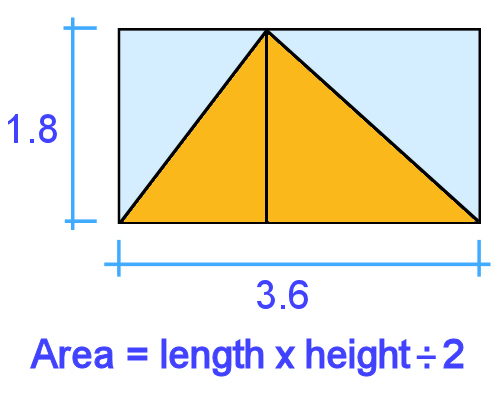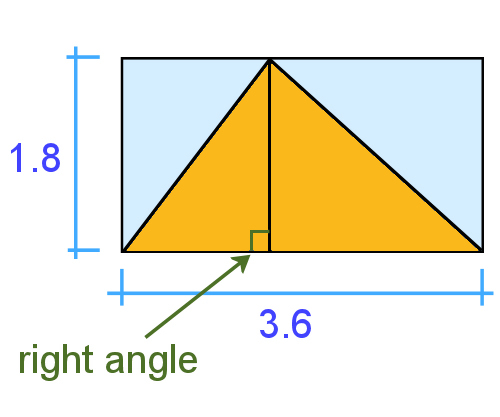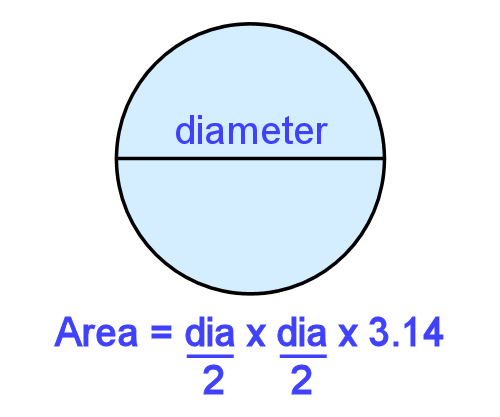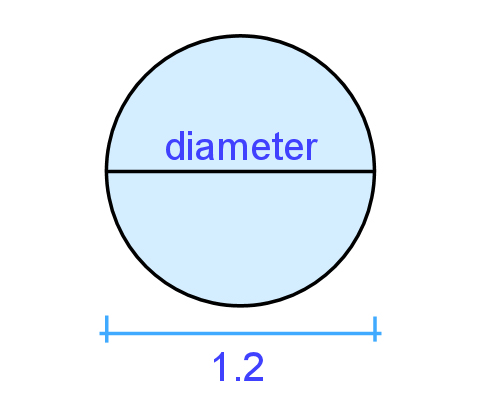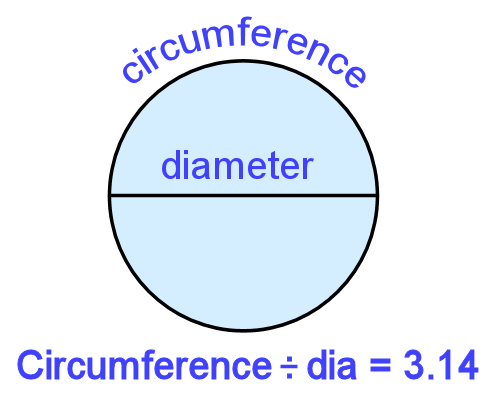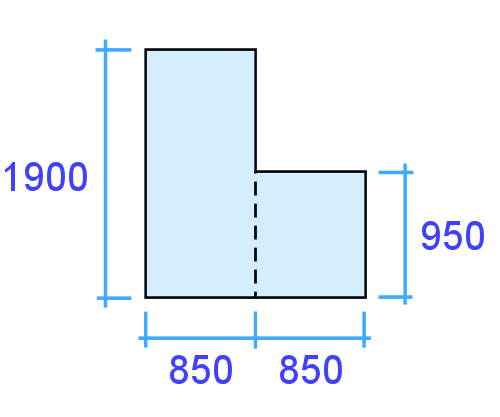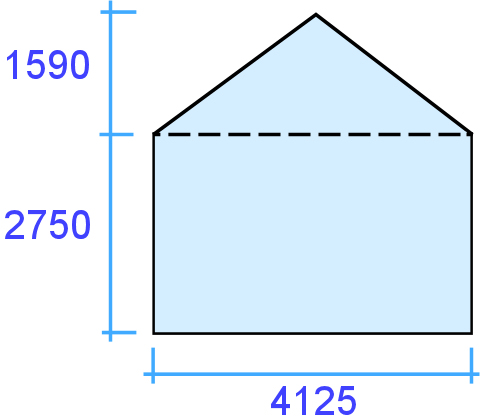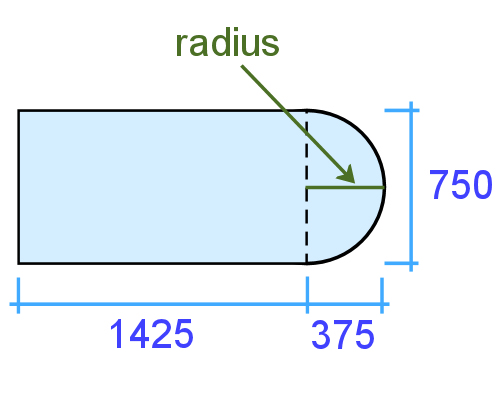Example 3: Kitchen bench top
This shape is half a circle plus a rectangle. We know that the diameter of the circle is 750 mm, because that's the width of the bench.
Therefore we know that the curve begins at 1425 mm along the bench, because the radius of the circle is half of the diameter. That is:
Radius = 750 ÷ 2 = 375 mm.
The area of the semicircle is simply half the area of the whole circle. So now you can work out the two separate areas and add them together, as shown below.
Semicircle = (diameter ÷ 2) x (diameter ÷ 2) x 3.14 ÷ 2
= (0.75 ÷ 2) x (0.75 ÷ 2) x 3.14 ÷ 2
= 0.375 x 0.375 x 3.14 ÷ 2
= 0.22 m²
Rectangle: 1425 x 750 = 1.069 m²
Total area: 0.22 + 1.069 = 1.289 m²
Written mathematically: (0.75 ÷ 2 x 0.75 ÷ 2 x 3.14 ÷ 2) + (1.425 x 0.750) = 1.289 m²


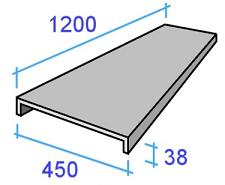
 Go to Angles
Go to Angles

